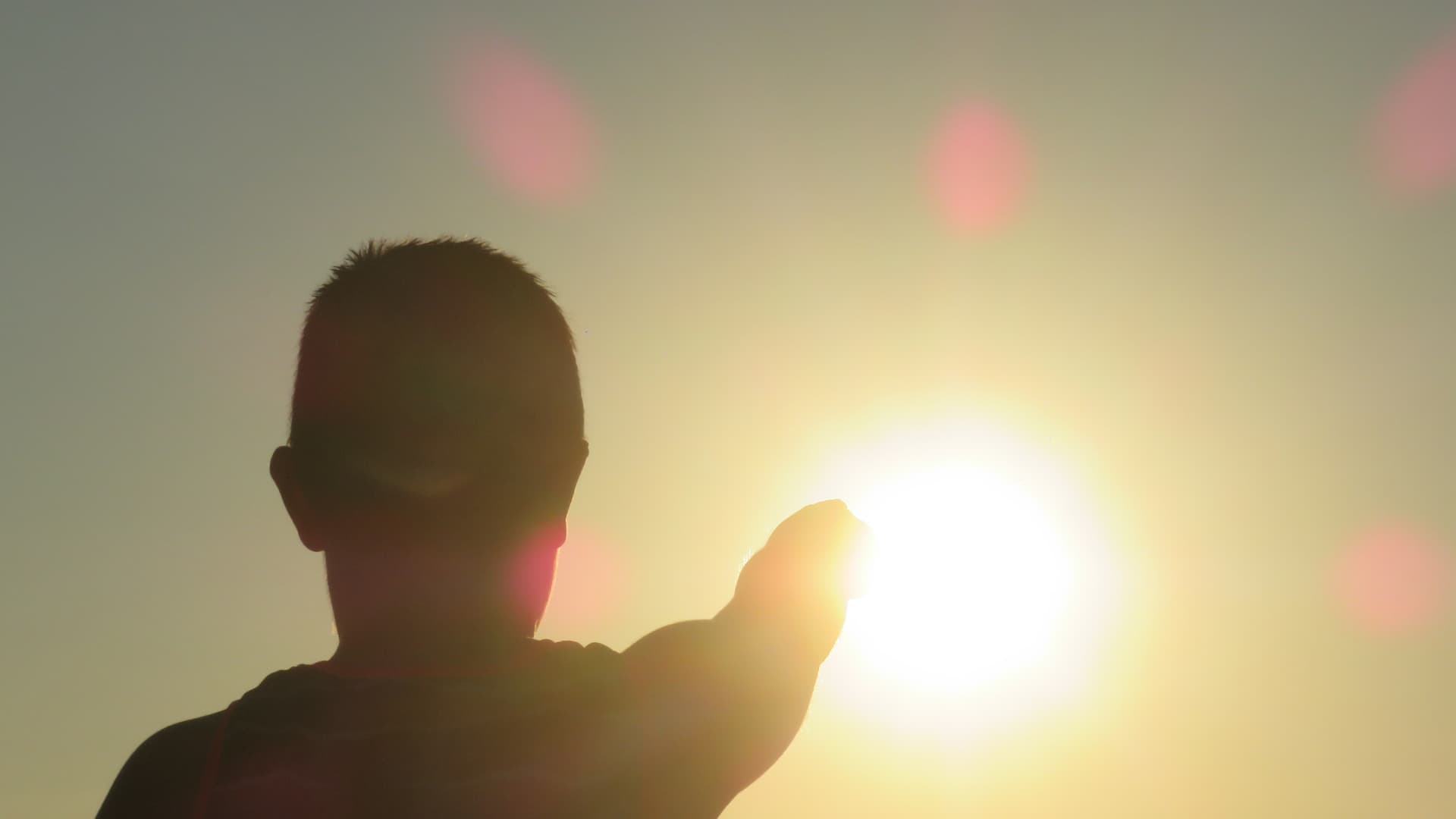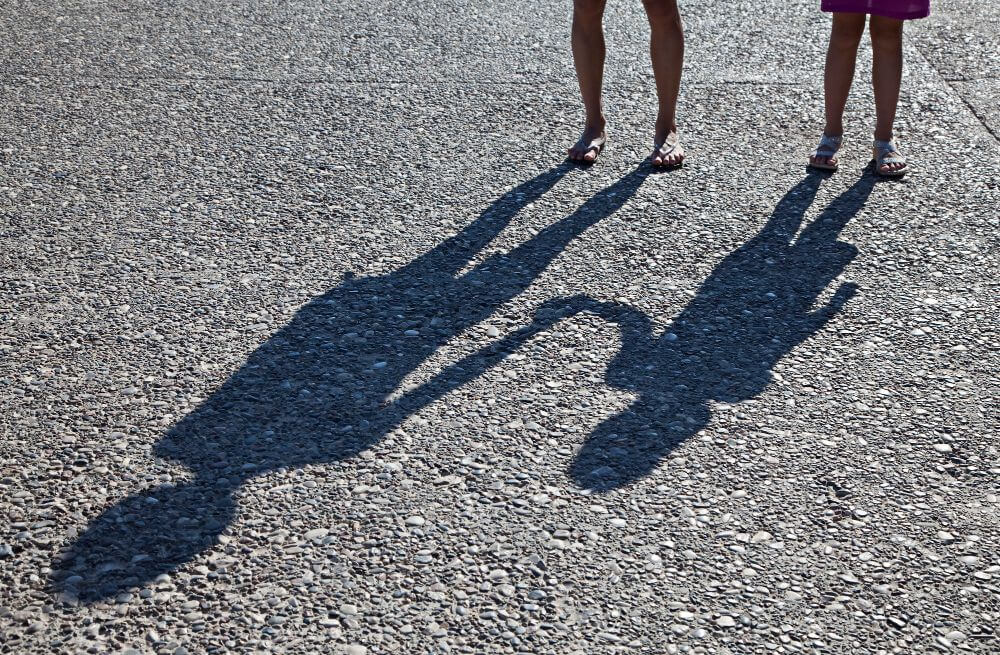Did you know that the first mechanical clocks were invented only in the fourteenth century? Have you ever wondered how people used to keep time before that?
Contents
A recent project at my son’s school brought forth some interesting questions about timekeeping to my mind. Each student in his class was tasked with finding out how they could tell time without a clock.
As is the usual case, the question landed at my table in the evening when I got home from work. My son had recently learned how to read a clock, and he was oh-so-enthused about other ways to tell the time!
I find these little class assignments of his to be great learning and bonding opportunities for both of us, so I immediately did a bit of internet research and then set out to do some simple experiments that I learned about. Here’s a summary of my experiments in teaching my son how to tell time without a clock. I hope you will have as much fun doing these as we did!

How To Tell Time Without A Clock During the Day
During the day, the easiest way to tell time is to track the sun’s movement simply. There are many great ways that you can do that. These are the two simplest and fun ways that my son and I worked out:
Use Your Hands!
This one was so simple and elegant; it blew my mind! Here, the basic idea is that you can tell time by measuring how high up the sun is from the horizon.
Steps To Do This
- Find a clear spot where you can see the horizon and the sun with no obstacles in between. There is a park near our place, which served the purpose nicely.
- Hold your hand in front, with your wrist perpendicular to the rest of the hand.
- Align the index finger with the bottom of the sun. Ensure that the topmost part of the finger is in line with the bottom-most part of the sun.
- Check if your little finger is below the horizon. If so, the sun is about to set in the next one hour. If not, go to the next step.
- If there is space between your little finger and the horizon, then stack your other hand below the first one as well.
- Now, count the number of hands that it takes to reach from the sun to the horizon. Each hand will represent one hour of the day remaining till sunset!
- To get a more accurate estimate, count the number of fingers. Each finger represents about fifteen minutes of daylight remaining.
For example, if you counted three hands and three fingers remaining, that means that about 3 hours and 45 minutes of daylight is still left in the day.
Points to Note
- This method does not give you the time per se; it only tells you the time remaining before sunset. However, if you have an approximate idea of sunset time during the season, you can get a rough idea of the current time.
- The method is a bit of an approximation; puritans will not accept it as a great way.
- You need a clear sky with no clouds and great visibility. Those are tough conditions to meet!

Watch Your Shadow!
If you understand how a sundial works, you can think of yourself as a makeshift sundial.
Steps To Do This
- The length of your shadow varies by the time of the day. By measuring how long it is at different times, you can estimate the time of day.
- Compare the lengths at noon to the length at sundown. This gives the range in which the shadow can move.
- Now divide this length into 12 equal parts, and measure your current shadow length to get the time right now.
- You can divide the twelve parts into four further parts to get fifteen-minute intervals for more accurate measurement.
How To Tell Time During the Night
Telling time by observing the sun was quite natural, but can we tell the time during the night? Asked my inquisitive son.
This was a tough question, but here again, a quick search on the internet saved the day.
Watch the Moon!
This is a quick, rough-cut way to get the time, as long as you know at what time the sunset happened.
Steps To Do This
- First, note how much time passed after sunset for the moon to rise? Use this as a baseline time. For example, if the sunset was at 6:30 PM and the moon rose half an hour later, then the baseline time is 7 PM.
- Next, divide the night sky into two portions (left to top, top to the right). Then divide each of these portions into two more halves. Now you have four equal quarters.
- Each of these four quarters represents about three hours. So if the moon is up about a quarter of the way up, you are three hours after sundown. In my example earlier, this means that the time is about 10 PM.
Wrap Up
These were fun experiments, but there is a lot more to learn about time-keeping methods. For older children, I suggest making a sundial from wood as another fun activity.
The most important thing is to ensure that your children learn the concepts, such as the earth’s rotation around the sun, which causes the sun to “appear” to move across the sky.
As a parent of a five-year-old inquisitive boy, I have gained a lot of experience finding fun activities and toys to help him understand science and understanding our world in general. On this blog, you’ll find an extensive amount of tutorials, guides, and toys about Science, Technology, Engineering, and Math based on my personal experience to help your child develop critical STEM skills.






